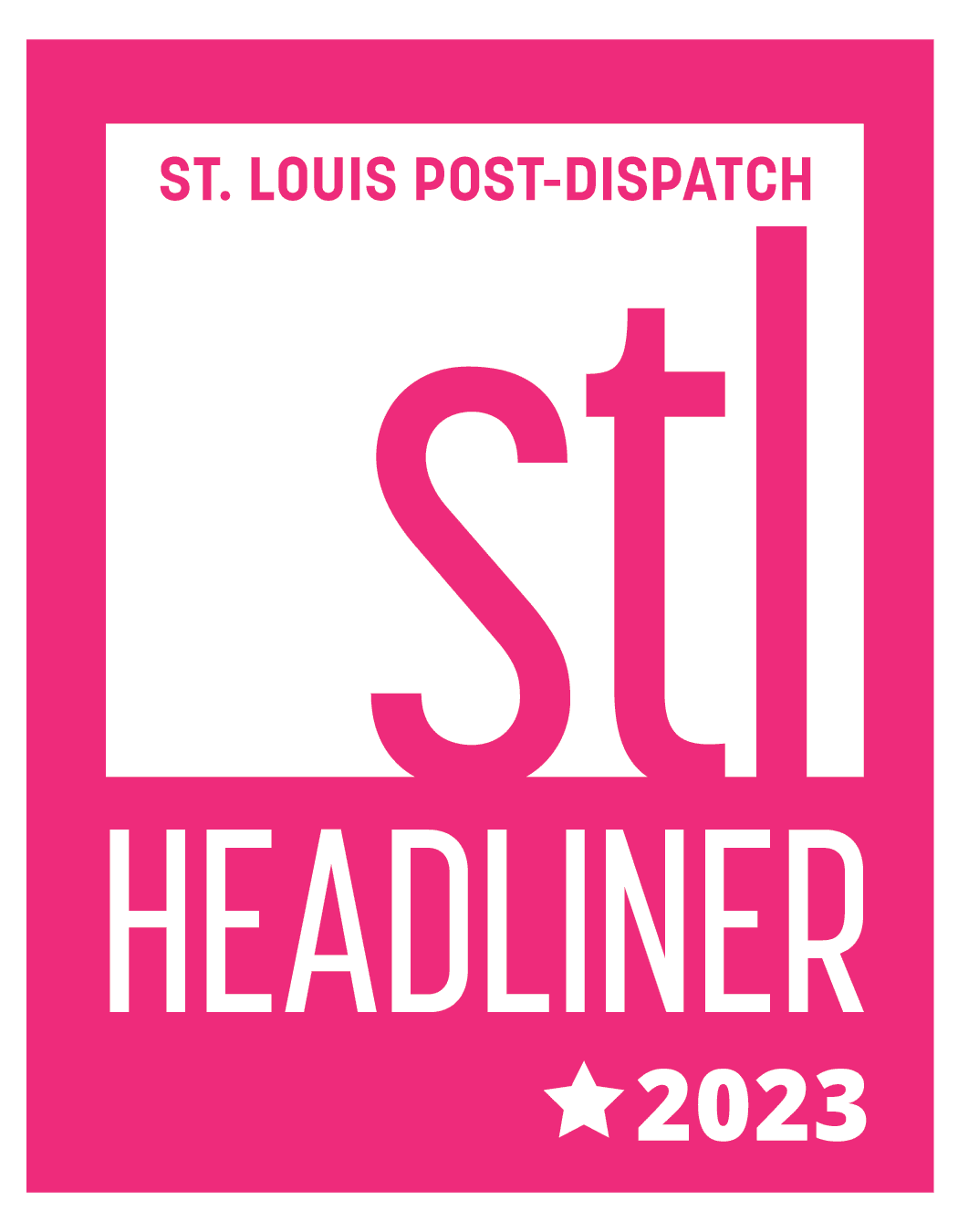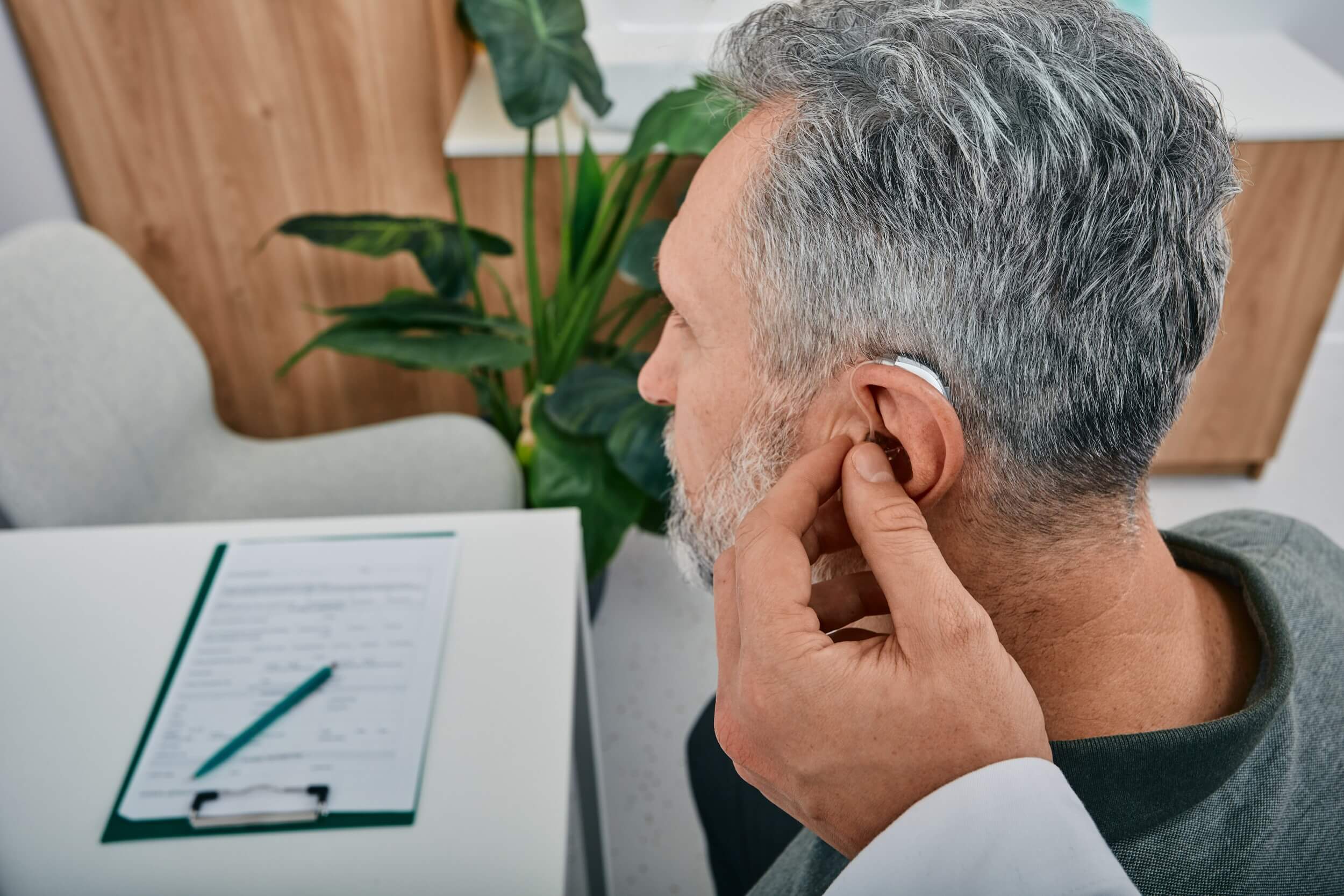OTC Hearing Aids
What’s new in Hearing Correction?
Over the Counter Hearing Aids (OTCs) are here for your benefit.
3 types of Hearing Help: PSDs = Personal Sound Devices/ OTC Over the Counter Hearing Aids/ and Prescription Hearing Instruments (never Aids).
PSDs are basically the same as OTC’s, except the FDA has not certified them, therefore they are a lot less expensive.
OTC’s, Over the Counter Hearing Aids, are similar to PSDs but the sound output is certified by the FDA. Neither are programmable or adjustable for a prescription.
Neither need a Hearing Professional to perform a hearing test and provide personal fitting protocols.
They both are similar to buying reading glasses when you notice you are having trouble reading the words of a book or seeing other objects.
They are designed to be a low cost entry into correcting your hearing loss so words and objects become more clear.
PHIs, Prescription Hearing Instruments, are high technology Hearing Instruments that can be programmed to your prescription and replace what you have lost in a prescriptive formula.
These, like Prescription Glasses require, a hearing exam, and rehab protocols to improve the ear/ brain functions and maximise your discrimination of words and sounds of life.
So the cost of the Prescription Hearing Instruments were 25 to 35% of the Bundled price of let’s say $5,000. In this example. If we use 30% as an average cost for both Prescription Hearing Instruments that would be $1,500 or $750.00 each. Then you have the diagnostics, delivery, programing, aural rehabilitation with about 4 or 5 appointments in the first 2 months reprogramming the brain at a comfortable level. After reaching your prescription we move to quarterly Hearing Health Check Ups to ensure and validate you are hearing all the consonants, vowels, and can put together and understand complicated sentences.When we hit these goals, then we enter the ongoing care portion with 4 to 5 appointments annually. The Professional Fees were prefigured for between 3 to 5 years of Professional care. so the “doctor” cost could run from $3,000 t0 $6,000 dollars. For most hearing losses, louder is not better. And even though you may get sound out of the instrument, is it your prescription? Hair cells, dandruff, ear wax, body oils, hair sprays all play a part in disrupting the prescription sounds you need to be normal and you never know it until you fall back again and suffer, without validation and ongoing care by your hearing professionals.
So why is there a need for the OTC, Over the Counter Hearing Aids or PSD’s, Personal Sound Devices? Remember I mentioned the average time of 10 years before someone with hearing loss would respond and seek help. How many brain cells were lost in those 10 years? How much word recognition was lost? How much damage did delay cause? How much did the Spouse and family suffer?
OTC’s are for mild to moderate hearing loss. Limited in power, and don’t require the Professional care Prescription Hearing Instruments do. So the cost is significantly less like reading glasses. So what if we can cut 5 to 7 years off of the delay to seek help for hearing loss if there is some basic help for mild to moderate hearing loss. How many brain cells will we save? How many arguments between Spouses can we help avoid?





